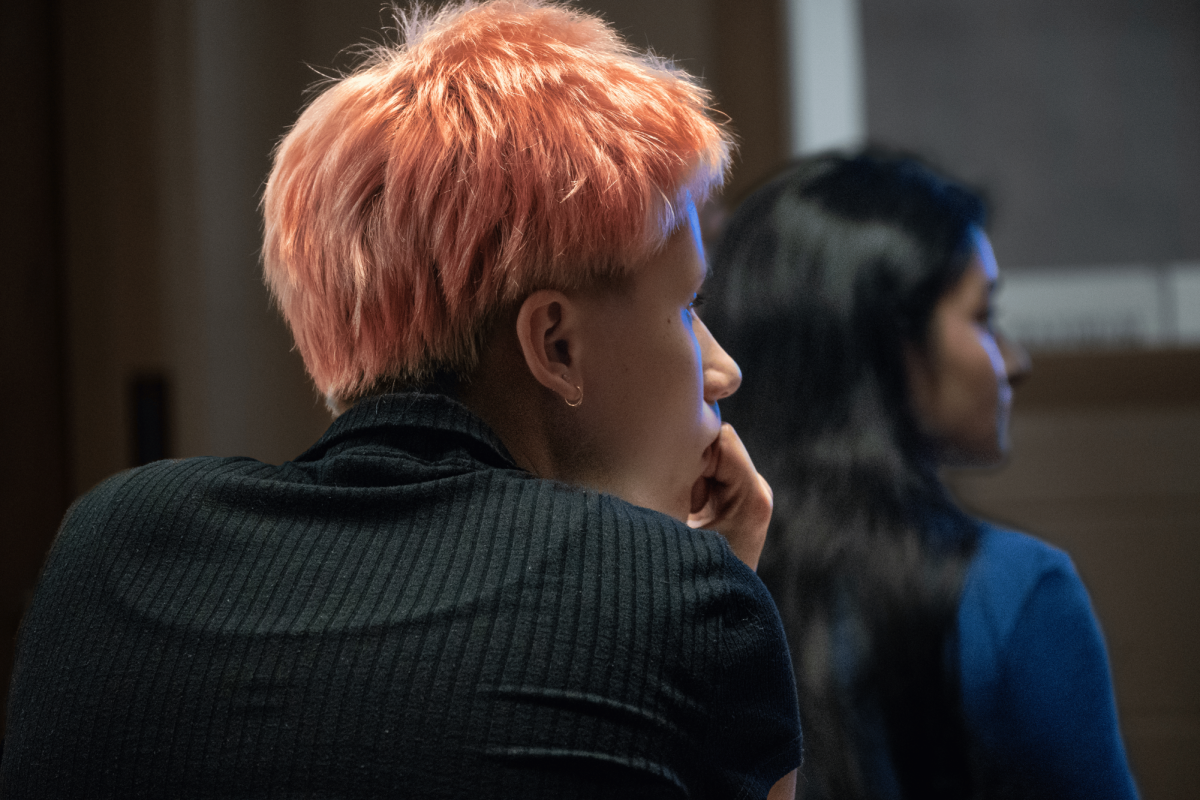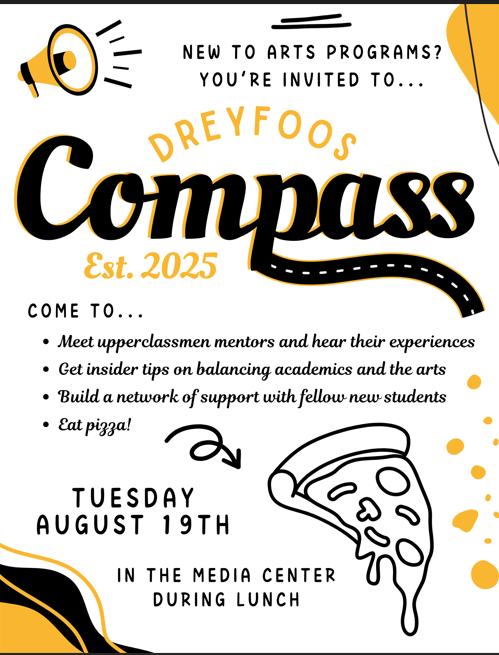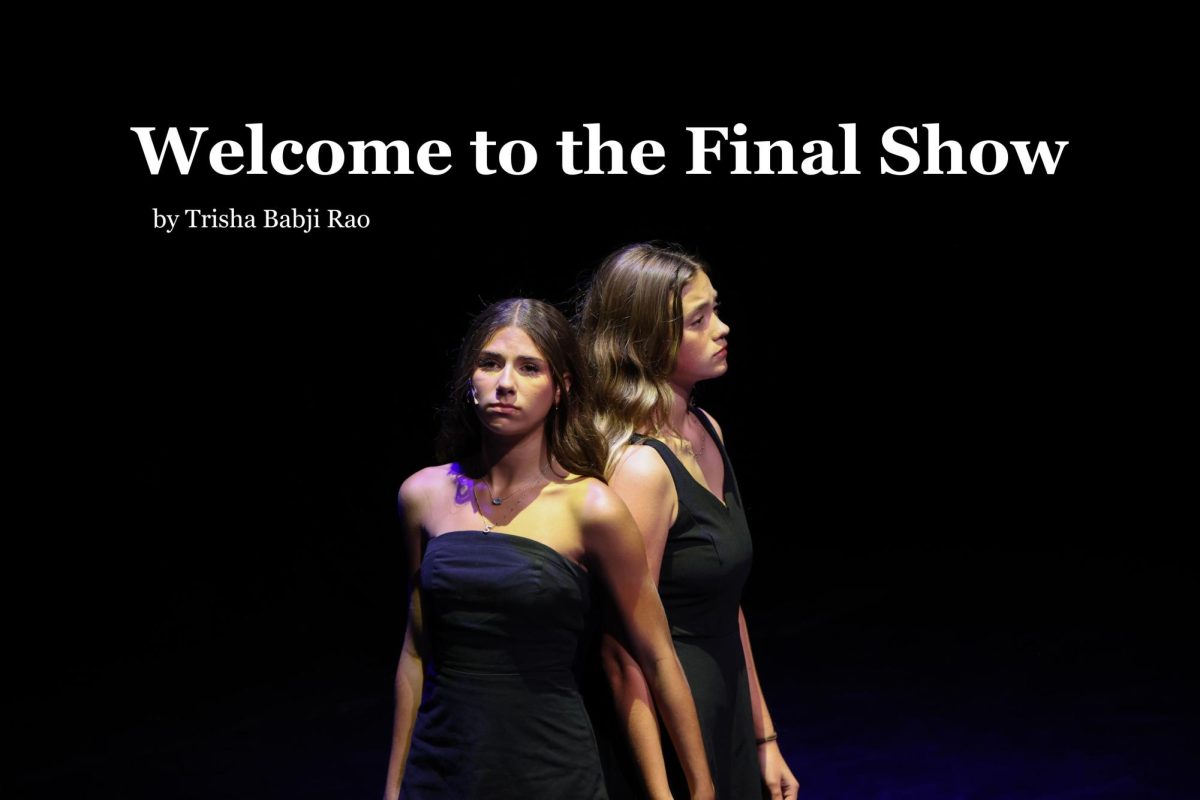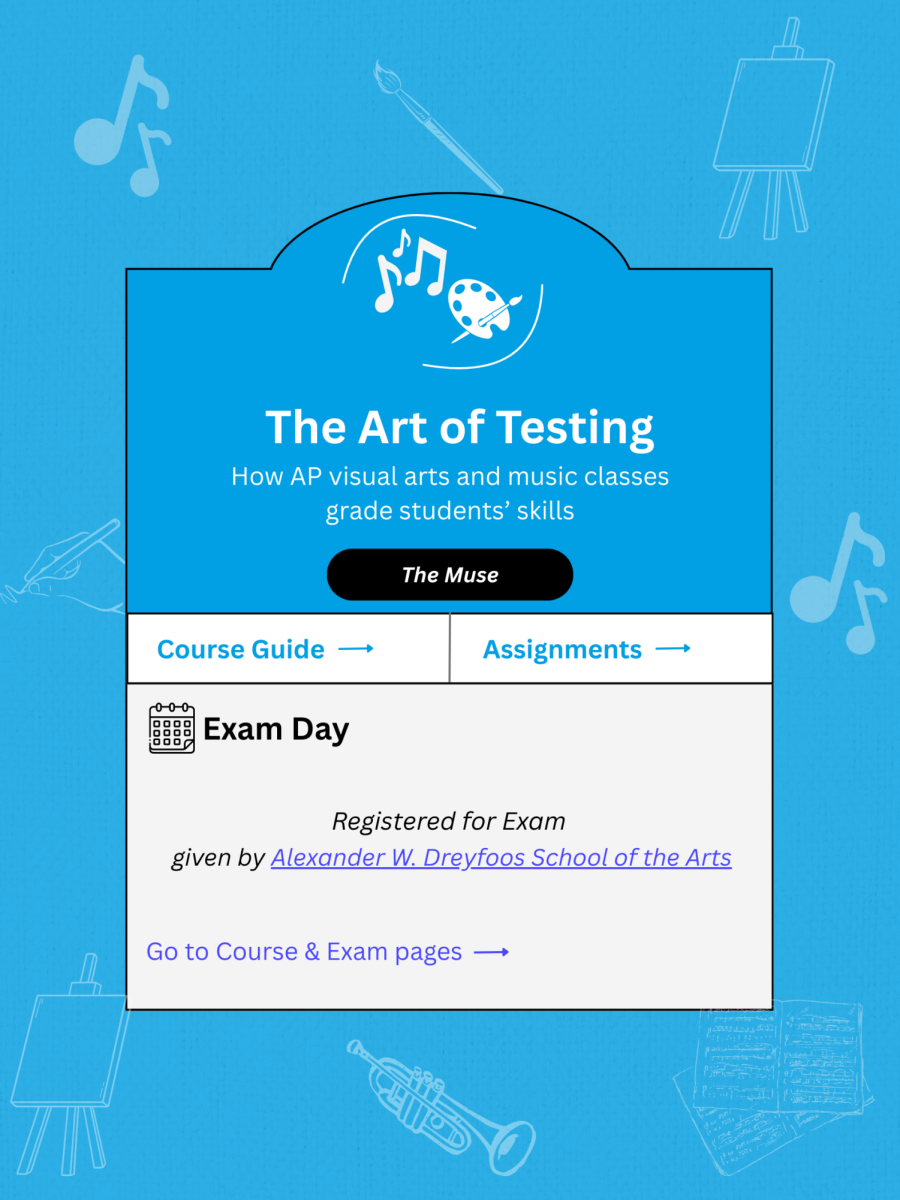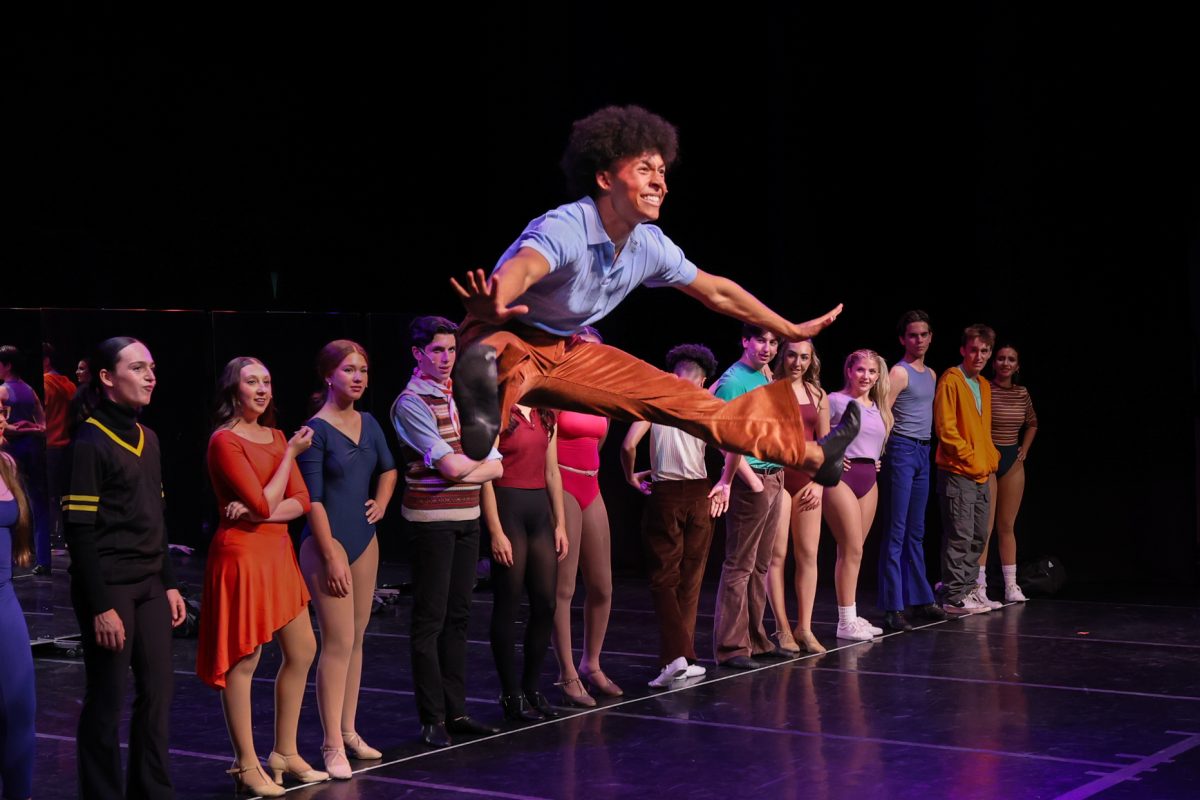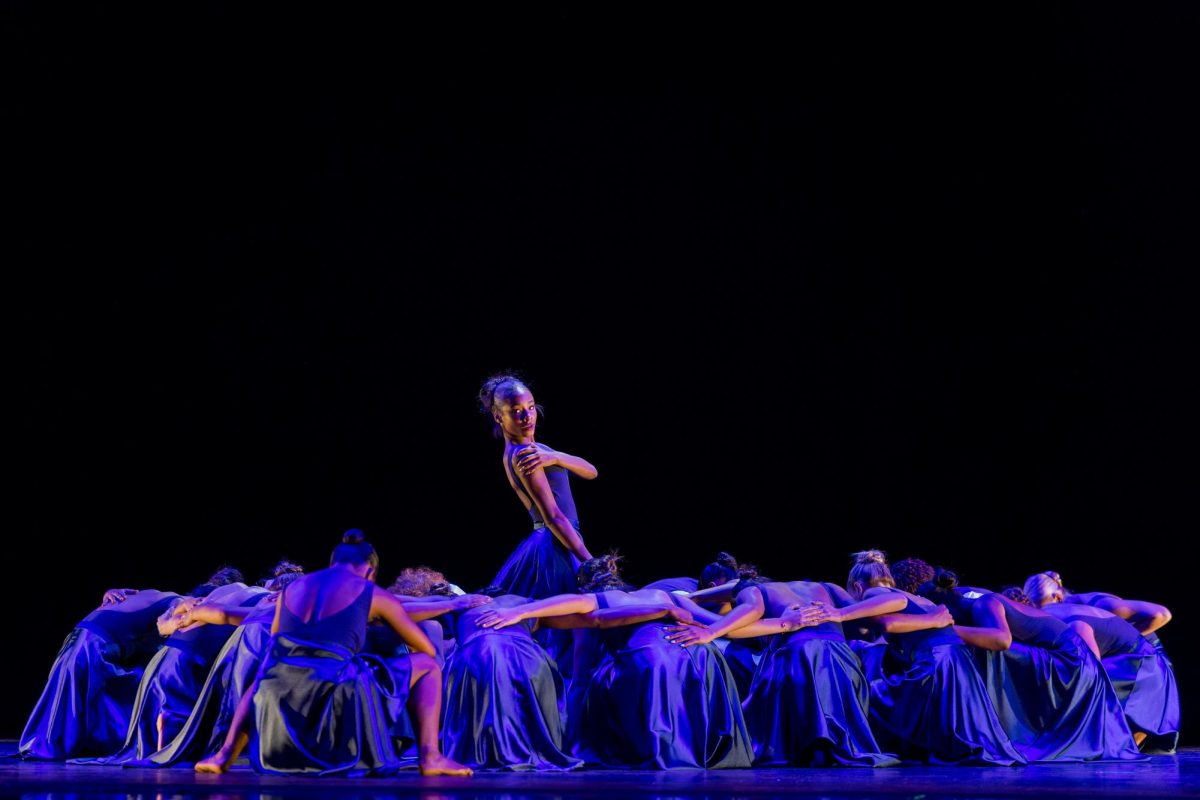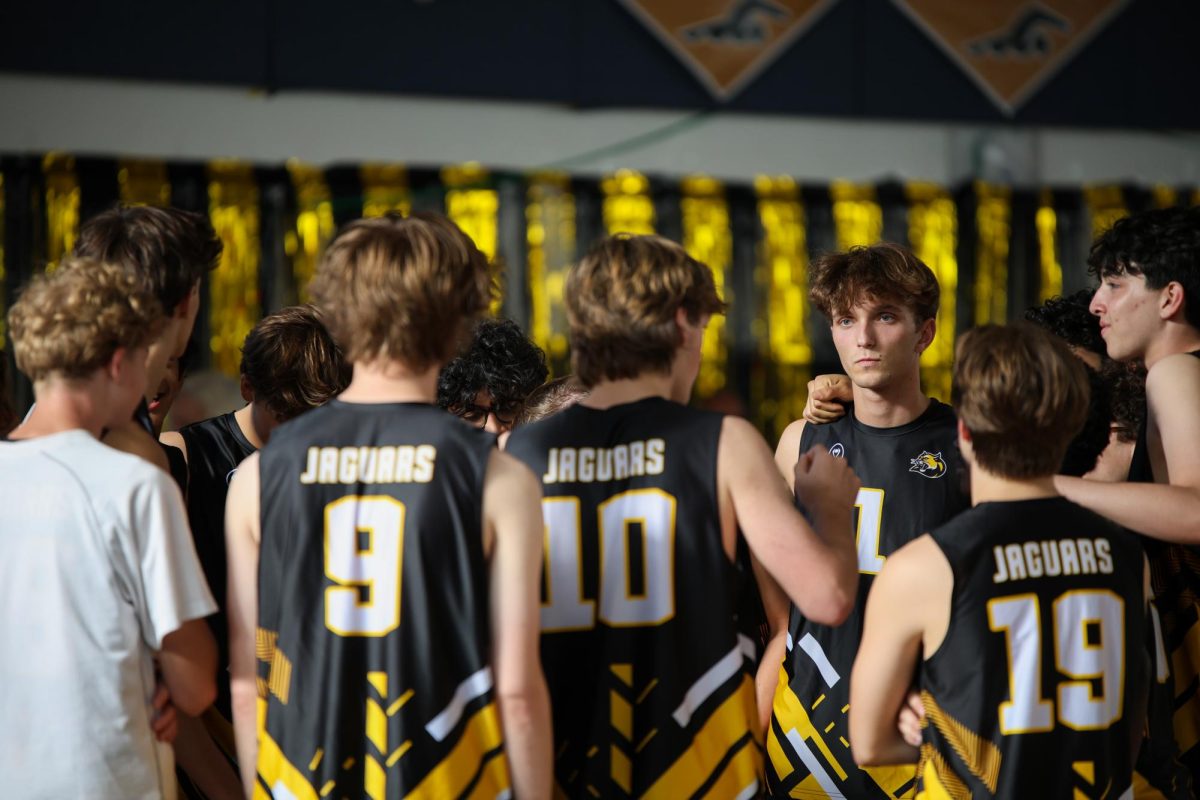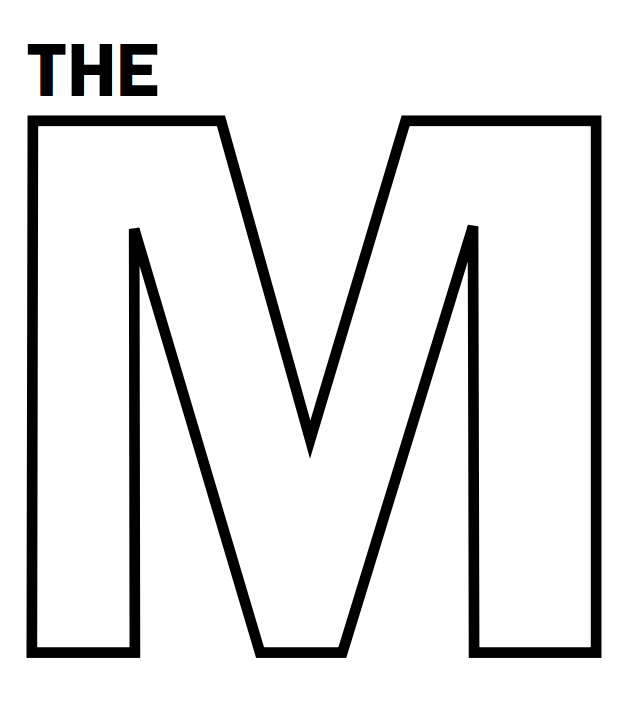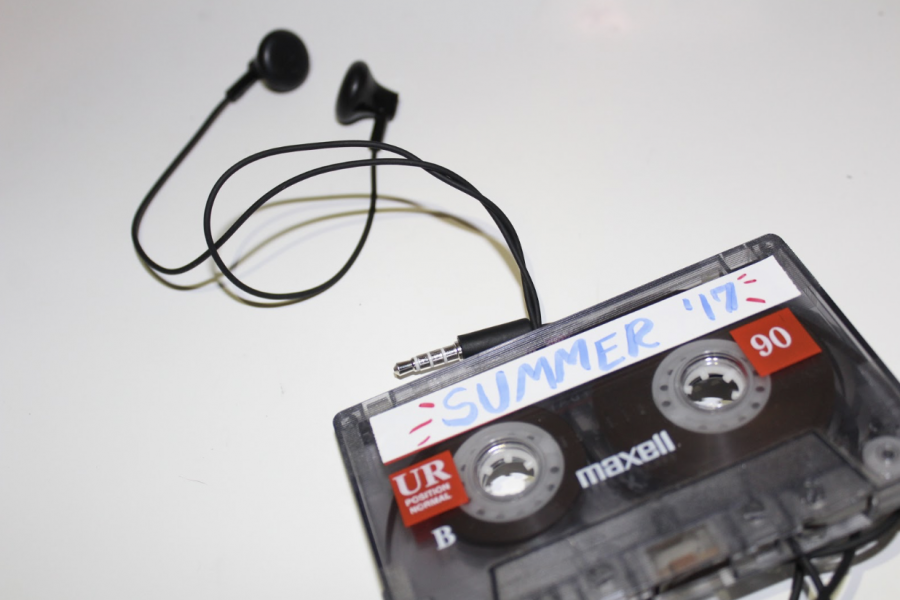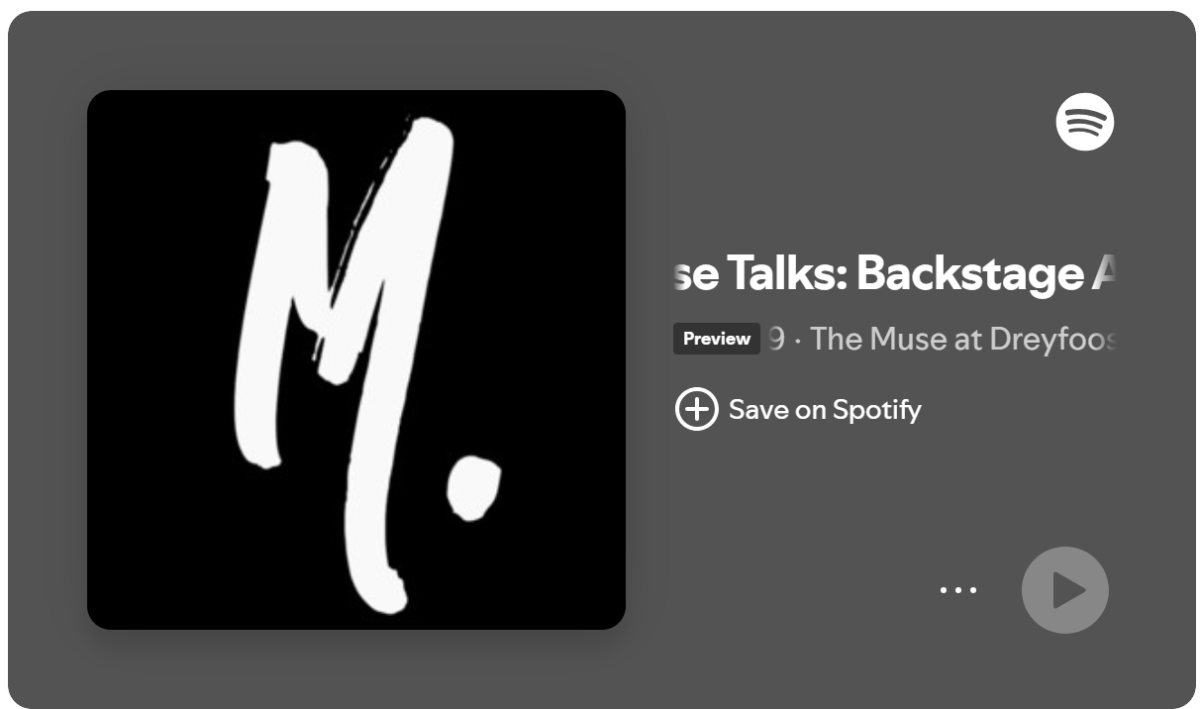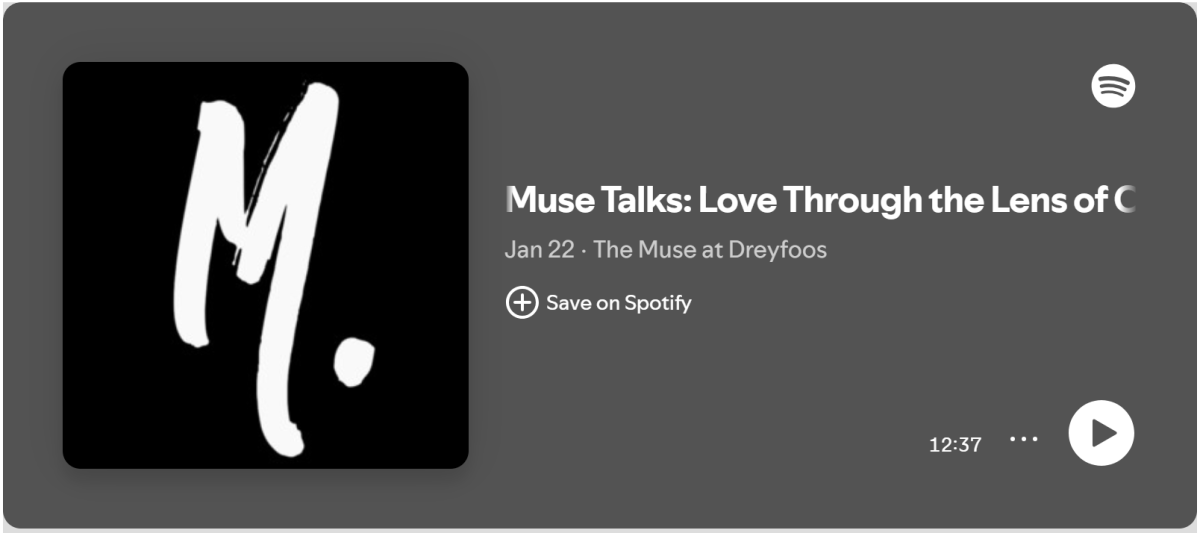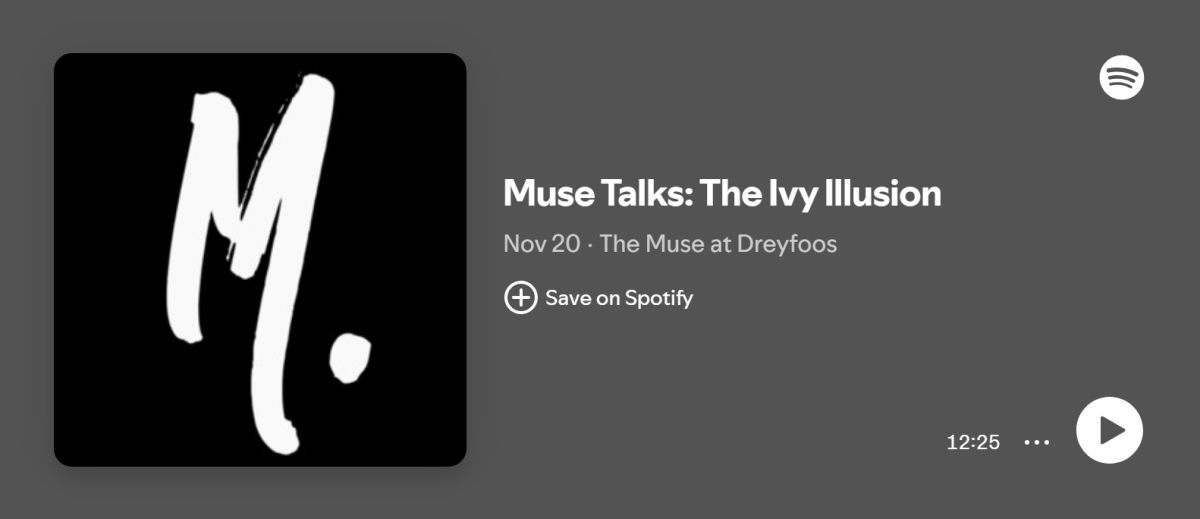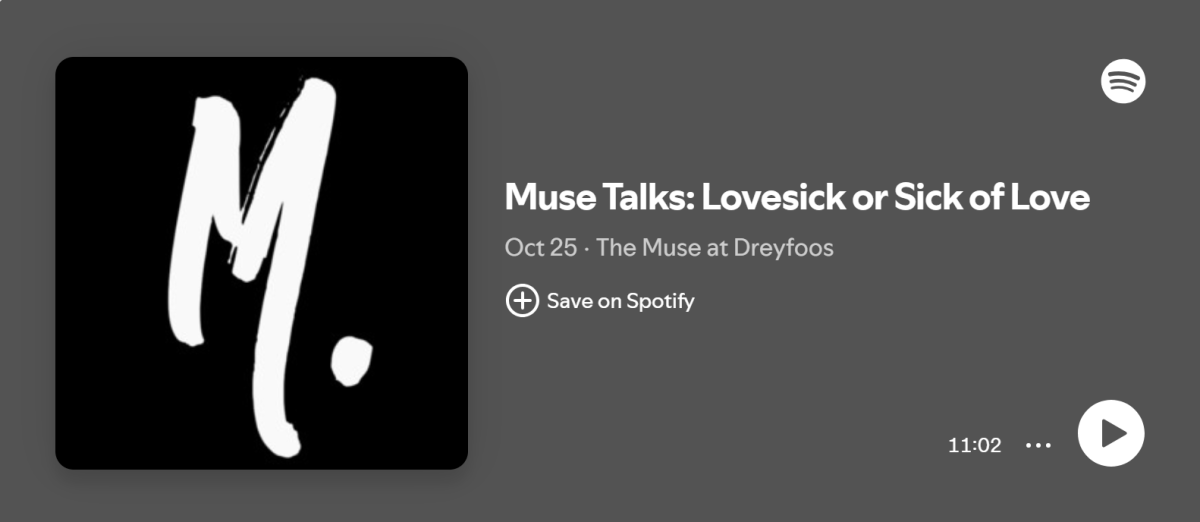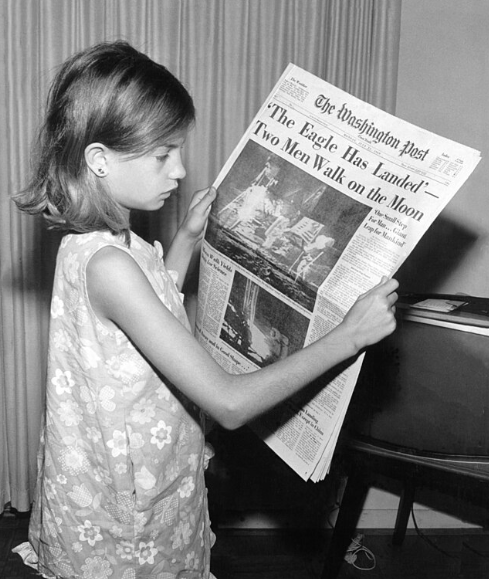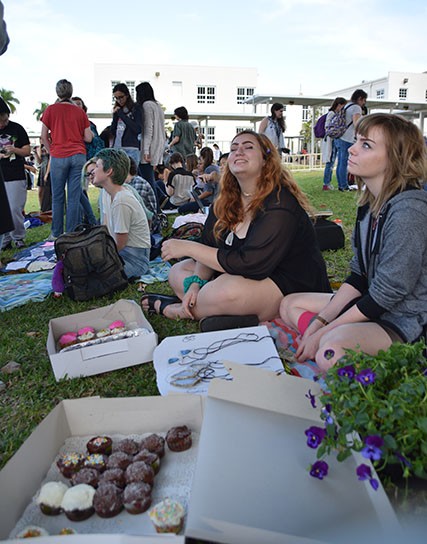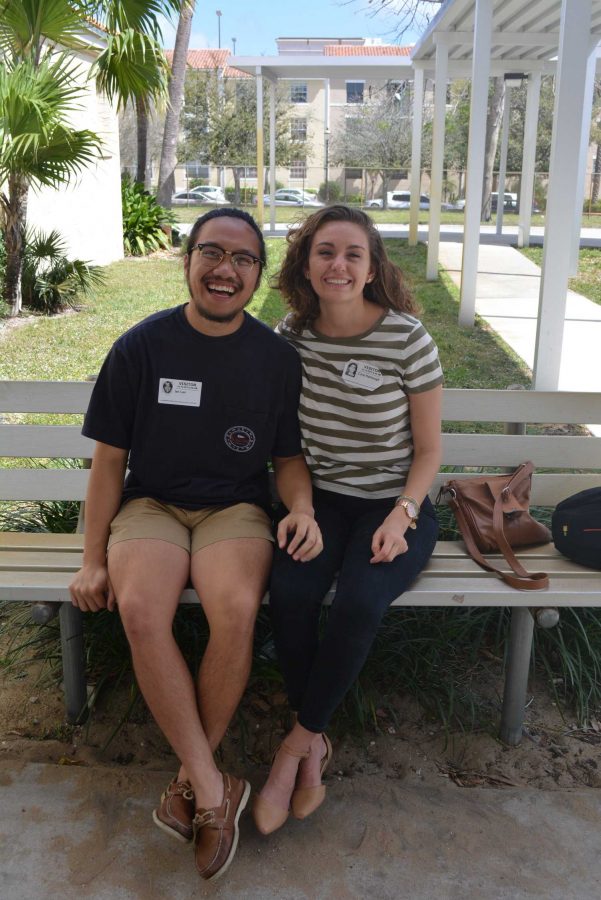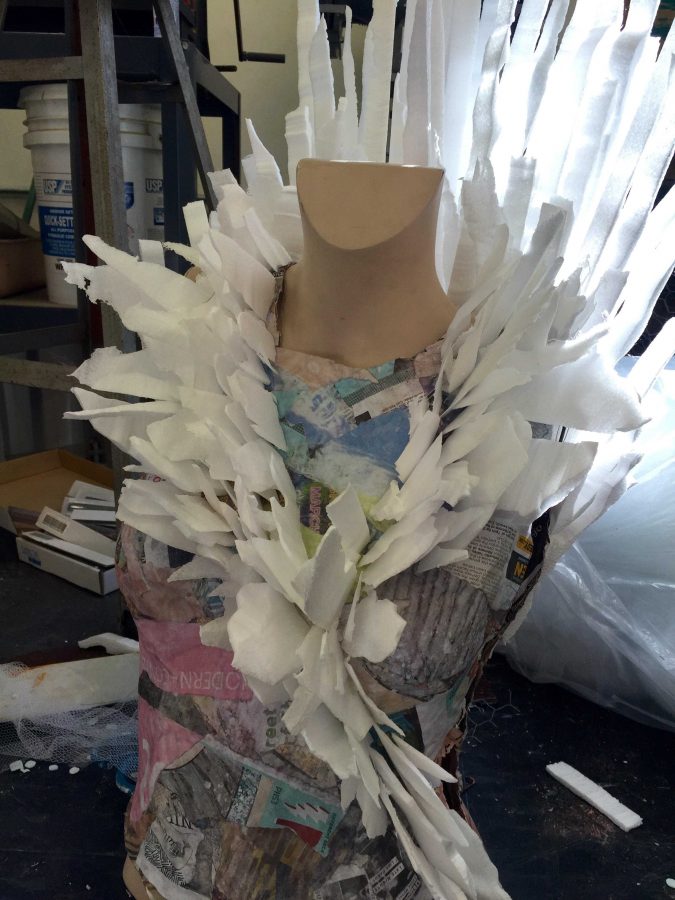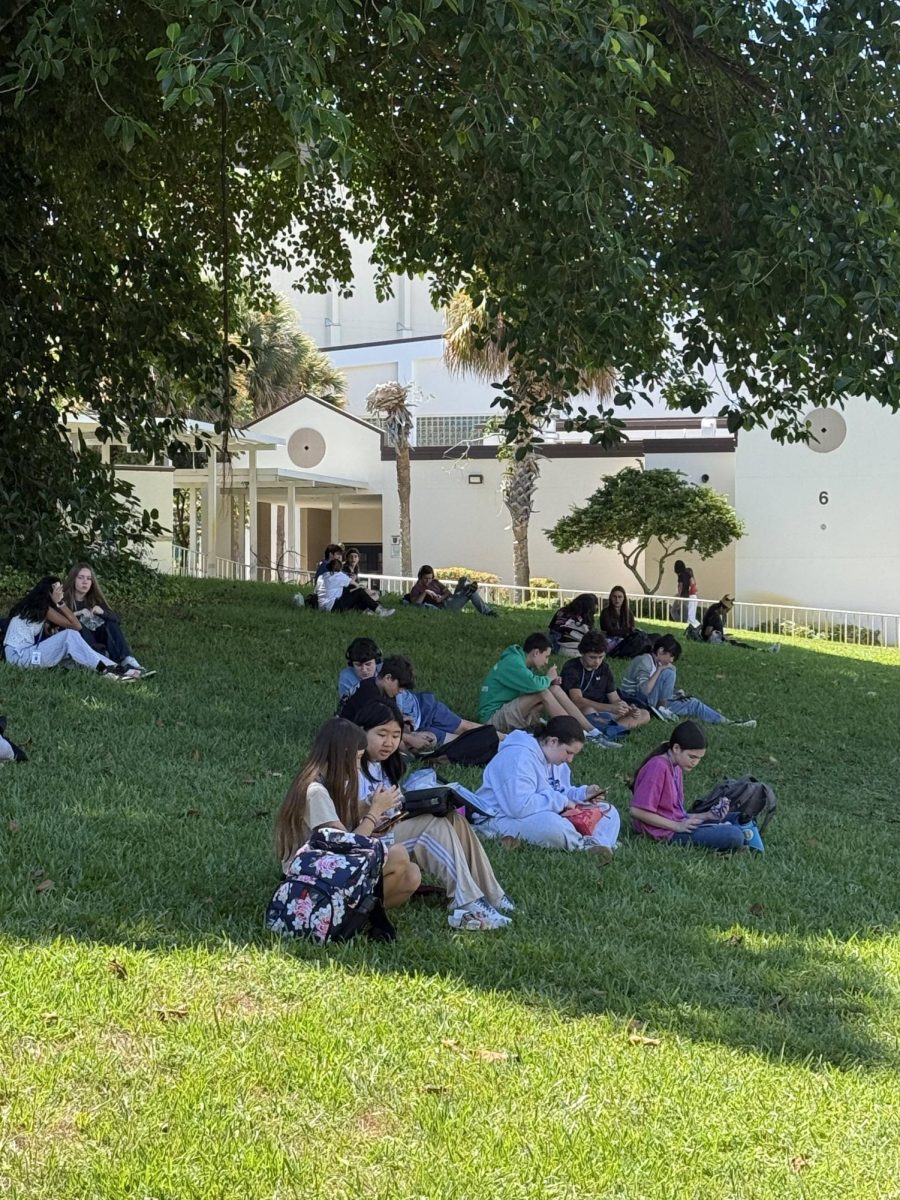From Feb. 22-28, the country is coming together to acknowledge and celebrate the importance of scholastic journalism for Scholastic Journalism Week. Throughout the week, The Muse, will be celebrating important information about scholastic journalism. Throughout the last century, huge strides have been made to advocate scholastic journalism, many of which through court cases. Some of the most notable decisions will be covered on themuseatdreyfoos.com throughout the week.
Tinker v. Des Moines is one of the most influential court cases to ever define the First Amendment rights of students in U.S. public schools. John and Mary Beth Tinker, their siblings and Christopher Eckhardt decided to wear black armbands to school in a silent protest against the Vietnam War. The principals heard of their plan of wearing the armbands on December 16, 1965, so they created a rule that if students wore armbands to school, the bands would have to be removed. When Dec. 16 came, and the Tinkers and Eckhardt wore their armbands to school, they were suspended for refusing to take off their bands. The families filed suit and eventually appealed to the Supreme Court.
Tinker v. Des Moines is not just important to student journalists, but students in general. By officially stating that the First Amendment applied inside the walls of public schools, the precedent set in Tinker v. Des Moines affects everything from what The Muse is allowed to print to the little political badge on your backpack. The Court held that there must be a clear and distinct issue in the expression of a student in order to allow any censorship. Today, Mary Beth Tinker still travels the country, meeting with student journalists and inspiring them to not shy away from difficult topics to report on and to always exercise their First Amendment Rights.


